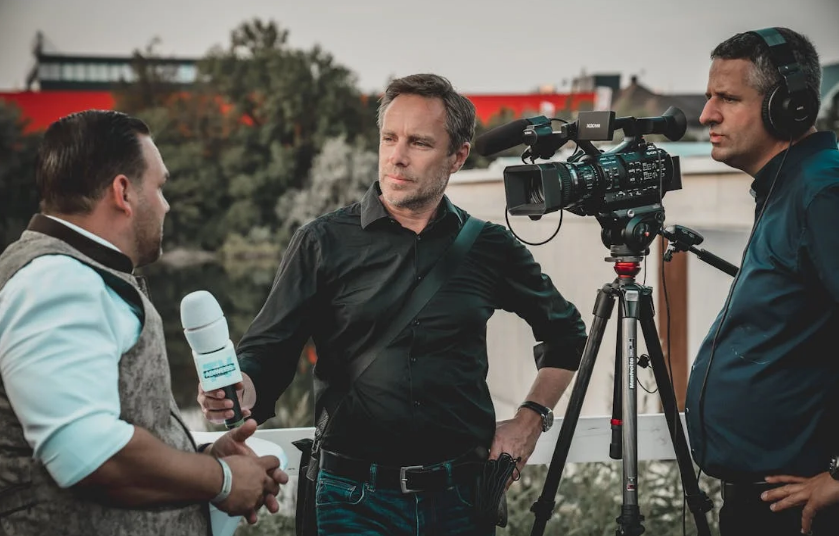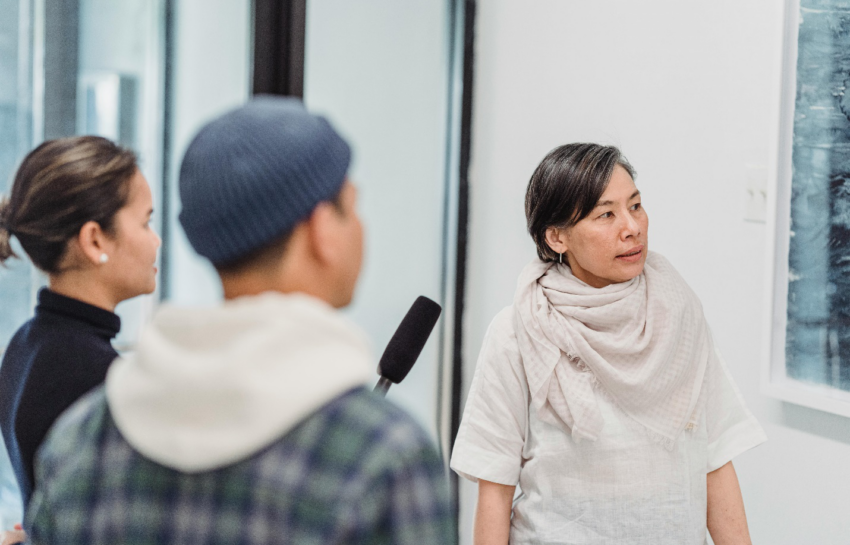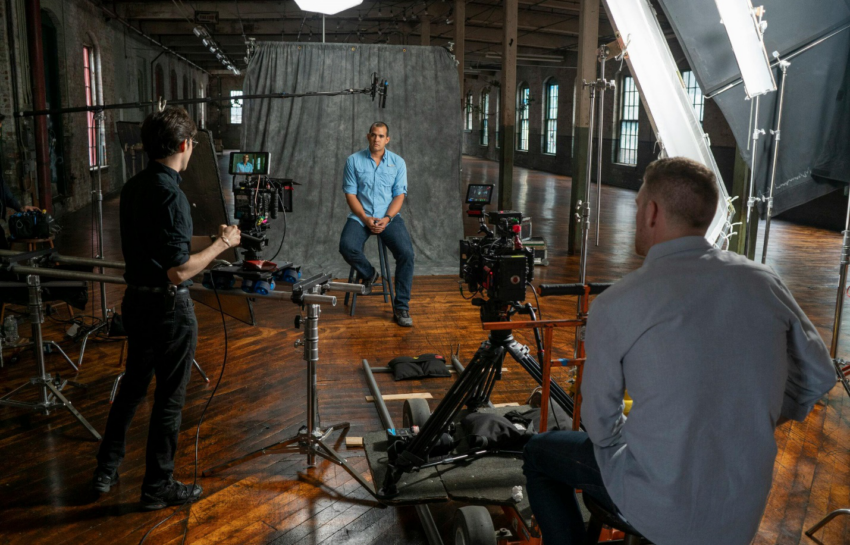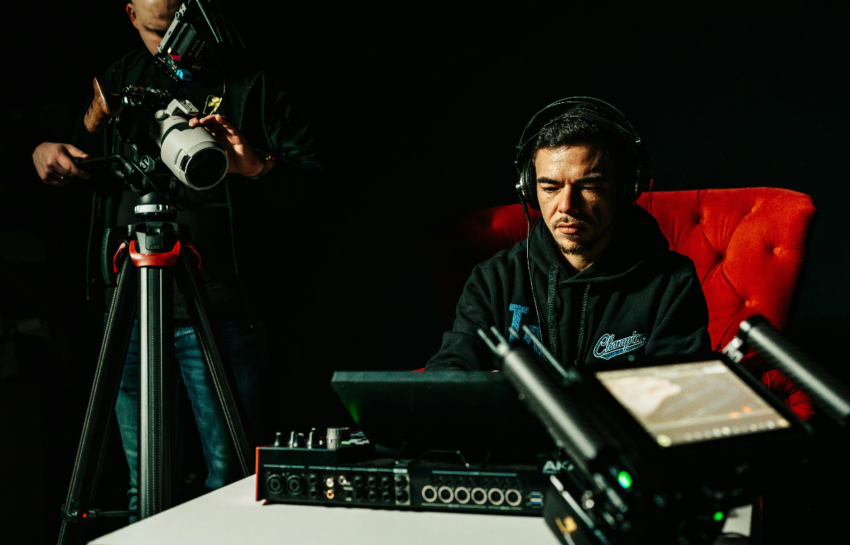When you secure a media booking, it might seem like the hard work is done, but the real magic happens behind the scenes. From the moment your booking is confirmed to the point where your audience engages with your message, countless steps unfold to ensure everything runs seamlessly. Let’s explore the meticulous process that ensures your campaign doesn’t just run—it thrives.
1. Booking Confirmation: Sealing the Deal
The journey begins with finalizing the booking agreement. This involves signing an insertion order (IO), a document outlining all placement details—dates, times, costs, and specifications. Think of it as the blueprint for your media campaign. This step ensures clarity for all parties and sets the stage for a smooth process.
Why is this step so important? It’s not just about locking in the deal—it’s about preparing for potential complications. For instance, what happens if the media outlet has a last-minute staff change? A clearly defined IO ensures there’s no ambiguity, so your placement is guaranteed regardless of unexpected hurdles.
2. Creative Development: Crafting the Message
Once the agreement is in place, the spotlight shifts to creativity. This is where the essence of your campaign comes to life. Whether it’s a TV ad, a podcast interview, or a radio spot, your message must align with your brand and speak to the audience. This process often involves brainstorming sessions, scriptwriting, and storyboarding.
For example, if you’ve booked a podcast appearance, your team might work on crafting talking points that highlight your expertise without sounding overly rehearsed. On the other hand, a TV ad might require vibrant visuals, a strong call to action, and a catchy tagline.
3. Material Submission: Meeting the Deadlines
Deadlines in the media world are non-negotiable. Media outlets operate on tight schedules, and missing deadlines for submitting your materials could jeopardize your placement. This stage involves preparing all necessary assets, such as graphics, videos, or scripts, and ensuring they meet the technical requirements of the media platform.
A common challenge at this stage is ensuring all assets are in the correct format. For instance, a 30-second TV spot may require specific resolutions and file types, while a podcast might need pre-recorded audio clips. Submitting these on time allows for quality checks and prevents any last-minute hiccups.
4. Monitoring and Optimization: Ensuring Success
Once your campaign is live, the work doesn’t stop. Monitoring its performance in real-time is crucial. Metrics like impressions, click-through rates, and audience engagement provide insights into how well your campaign is resonating. This data-driven approach allows for on-the-fly adjustments.
Let’s say your TV ad is generating high impressions but low conversions. This might indicate that your call-to-action needs tweaking or that your target audience isn’t properly aligned. Monitoring tools and analytics platforms help identify these issues early, so you can make adjustments and maximize your ROI.
5. Post-Campaign Analysis: Reflecting and Improving
The end of the campaign is not the end of the process—it’s an opportunity to learn and grow. Post-campaign analysis evaluates success against initial objectives. Did your media booking achieve the desired results? Were there any surprises along the way? This step is where you gather insights that inform future campaigns.
For example, if your radio appearance led to a spike in website traffic but didn’t convert into sales, you might revisit your messaging or landing page strategy. This phase also involves collecting data for case studies or testimonials to showcase your campaign’s success.
6. Leveraging Earned Media: Amplifying the Impact
A successful media booking often generates earned media, such as press mentions, social media buzz, or influencer shoutouts. These unpaid opportunities extend your campaign’s reach and credibility, often acting as a ripple effect of your initial placement.
For instance, a compelling podcast appearance might lead to a journalist quoting you in a related article, or a TV interview could spark social media conversations. Building strong relationships with media professionals and staying active on digital platforms can increase the likelihood of earned media coverage.
7. Building Long-Term Media Partnerships
Media campaigns aren’t one-off events—they’re stepping stones to building long-term relationships with media outlets. Reliable communication, prompt payments, and mutual respect build trust. This trust can open doors to premium placements, better rates, or even exclusive opportunities in the future.
Consider this: If you’ve consistently delivered quality campaigns with a specific media outlet, they might prioritize you for high-visibility slots during peak seasons. These partnerships are invaluable in the competitive world of media bookings.
The journey after a media booking is dynamic, involving creativity, precision, and adaptability. It’s about more than just getting your message out there—it’s about ensuring it lands in the right way, with the right people, at the right time. By understanding the behind-the-scenes process, you can not only navigate the complexities but also elevate your brand’s presence to new heights.
Ready to Amplify Your Brand’s Presence?
Stand Out with Professional Media Placement – OTA Talent’s TV booking agents are here to help you secure television appearances, radio interviews, and podcast guest spots tailored to your industry. From business owners to healthcare professionals, we provide customized media solutions that enhance your credibility and reach. Contact us today!















